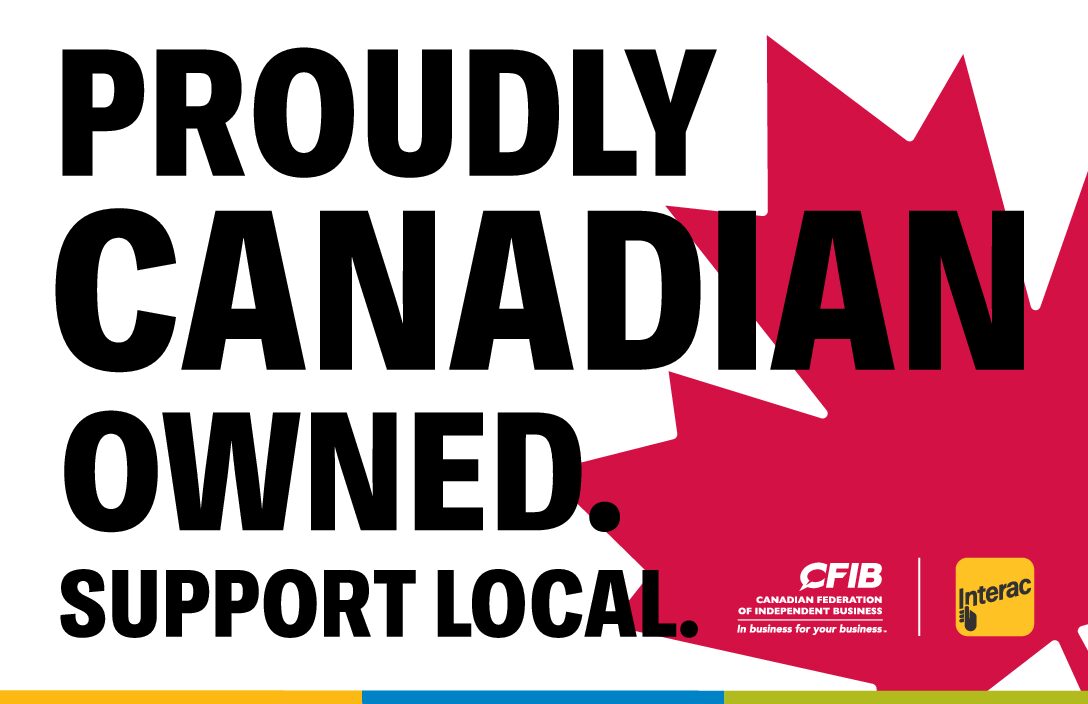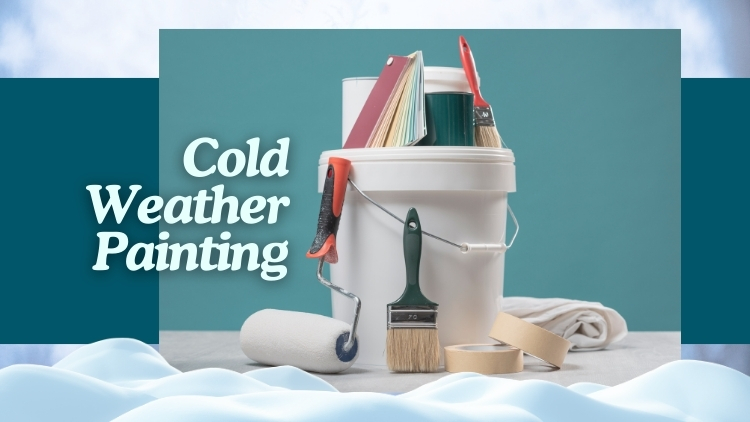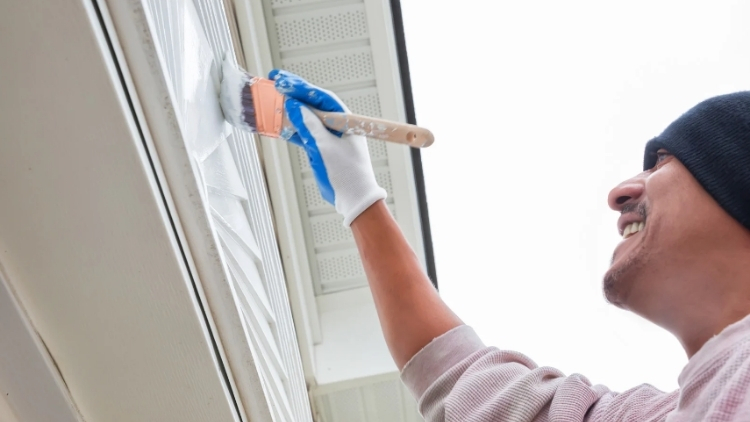We offer a wide range of services for that fresh look, or just maintenance or updates to keep your home functioning and safe. Regardless of the size of the job, we have a craftsman that can tackle it. We offer a wide range of services for that fresh look, or just maintenance or updates to keep your home functioning and safe. Regardless of the size of the job, we have a craftsman that can tackle it.

Painting / November 11, 2024

When it comes to painting in cold weather, there are a few key factors that can significantly affect the outcome of your exterior paint job. Cold temperatures can cause paint to thicken, making it difficult to apply smoothly. This can lead to an uneven finish and longer drying times. Additionally, moisture from snow and ice can interfere with adhesion, resulting in peeling and cracking over time.
For residents seeking expert painting services in Kitchener, it’s essential to choose a team that understands these challenges and can provide solutions that ensure a durable and attractive finish. Handyman COnnection’s experienced professionals know the best painting tips and techniques for working in less-than-ideal temperatures, including selecting the right type of paint and timing the project to avoid extreme conditions. Trusting your exterior painting needs to a knowledgeable handyman will save you time, money, and the hassle of needing touch-ups down the road. At Handyman Connection, we pride ourselves on delivering high-quality results no matter the season, ensuring your home looks its best year-round.
Understanding the science behind temperature is essential for any homeowner. Paints are formulated to perform optimally within specific temperature ranges. Usually, the ideal temperature for application is between 10°C and 30°C (50°F and 85°F). But when temperatures dip below this range, problems can arise.
Cold weather affects paint in several ways. First, low temperatures cause it to thicken, making it difficult to apply smoothly. Thicker paint tends to form lumps and streaks, resulting in an uneven finish. Additionally, cold weather can slow down the drying process. Paint relies on a combination of evaporation and chemical reactions to dry, and colder temperatures inhibit both. This can extend drying times significantly, leaving your surfaces vulnerable to dust, debris, and unexpected weather changes.
Furthermore, cold weather can affect adhesion properties. Paint needs to bond securely to the surface, but when temperatures drop, this bonding process can be compromised. This may lead to peeling, cracking, and flaking over time. To avoid these issues, it’s important to understand how the weather forecast can impact your painting plans.
When painting in cold weather, selecting the right type of paint is crucial. Not all paints are created equal, and some are specifically formulated for lower temperatures. These cold-weather paints contain additives that improve their performance in cooler climates. They remain pliable and easier to work with even when the temperature drops.
Acrylic latex is generally a good choice for cold weather. It is designed to withstand a wider range of temperatures compared to other types. Additionally, many manufacturers offer specialized cold-weather versions of their products, which are ideal for lower temperatures. Always check the label for temperature recommendations to ensure you’re using a product suited for the conditions.
It’s also worth considering the finish. Glossy and semi-gloss finishes tend to be more durable and less susceptible to moisture and temperature changes. Flat or matte finishes, while aesthetically pleasing, may not hold up as well in challenging weather conditions. Consulting with a professional can help you make the best choice for your specific project.
Preparation is key to a successful exterior paint job, especially in cold weather. Before you begin, ensure that the surfaces are clean, dry, and free of any debris. This can be particularly challenging in winter, as moisture and grime tend to accumulate more easily.
Start by washing the exterior surfaces with a power washer or hose to remove dirt, mildew, and loose paint. Allow sufficient time for the surfaces to dry completely. In cold weather, this may take longer than usual, so plan accordingly. Any remaining moisture can interfere with adhesion and cause long-term problems.
Inspect the surfaces for any cracks or damage that need repair. Fill in any gaps or holes with an appropriate filler and sand the surfaces smooth. This step is crucial for achieving a professional finish and ensuring the paint bonds properly.
Next, apply a high-quality primer that is suitable for cold weather. Priming creates a stable base for the paint and enhances adhesion. Like paint, primers come in various formulations, so choose one that works well in lower temperatures. Allow the primer to dry fully before applying the topcoat, following the manufacturer’s recommendations for drying times.
Timing is everything when it comes to painting in cold weather. Plan your project around the weather forecast, aiming for periods of milder temperatures and dry conditions. Daytime temperatures should ideally be above 10°C (50°F) to ensure the paint cures properly. If possible, avoid painting on extremely cold or windy days, as these conditions can further complicate the process.
Start your painting early in the day to take advantage of the higher daytime temperatures. Keep in mind that temperatures can drop quickly in the late afternoon and evening, so aim to finish each coat well before sundown. This allows the paint sufficient time to set before the temperature falls.
If you’re working with a tight schedule or unavoidable weather conditions, consider using portable heaters to warm the area you’re painting. However, exercise caution and follow all safety guidelines to avoid any hazards.
Humidity plays a crucial role in the success of your exterior paint job, particularly in cold weather. High humidity levels can slow down the drying process, leading to prolonged exposure to the elements. This can result in issues such as blistering, peeling, and poor adhesion.
Before starting your painting project, check the humidity levels in your area. Ideally, the humidity should be below 60% to ensure optimal drying conditions. If the humidity is too high, consider postponing your project until conditions improve.
In some cases, using a dehumidifier can help manage humidity levels and create a more suitable environment for painting. This can be particularly useful in enclosed or sheltered areas where natural ventilation is limited.

Protecting your exterior paint job from weather elements is essential for maintaining its appearance and durability. Cold weather can bring challenges such as frost, snow, and ice, which can all negatively impact your freshly painted surfaces.
One way to protect your paint job is by applying a weather-resistant topcoat or sealer. These products provide an additional layer of protection against moisture, UV rays, and temperature fluctuations. Be sure to choose a topcoat compatible with your paint and suitable for cold weather application.
Additionally, consider using temporary barriers or tarps to shield your work area from the elements. This can help prevent wind, rain, and debris from interfering with the painting process and ensure a smooth, even finish.
At Handyman Connection, we take pride in offering top-notch home renovation and maintenance services. Our team of skilled professionals is dedicated to providing exceptional workmanship and customer satisfaction. When you choose Handyman Connection, you can trust that your project is in capable hands.
Our experts have extensive experience in exterior painting, ensuring that your home receives the care and attention it deserves. We use high-quality materials and advanced techniques to deliver outstanding results that stand the test of time.
In addition to painting services, we offer a wide range of home improvement solutions, from repairs and installations to custom renovations. Our commitment to excellence and customer-focused approach makes us the go-to choice for homeowners seeking reliable and professional services.
In conclusion, cold weather can indeed impact your exterior paint job, but with the right knowledge and preparation, you can achieve a beautiful, long-lasting finish. By understanding the science behind paint and temperature, choosing the right products, and following expert tips, you can ensure your project’s success.
At Handyman Connection, we’re here to help you every step of the way. Our team of skilled professionals is ready to assist with all your home painting needs, offering expert advice and exceptional service. Don’t wait to enhance the beauty and value of your home—get in touch with Handyman Connection today and discover the difference our expertise can make.
Ready to transform your home’s exterior? Contact Handyman Connection and get started on your next painting project today!